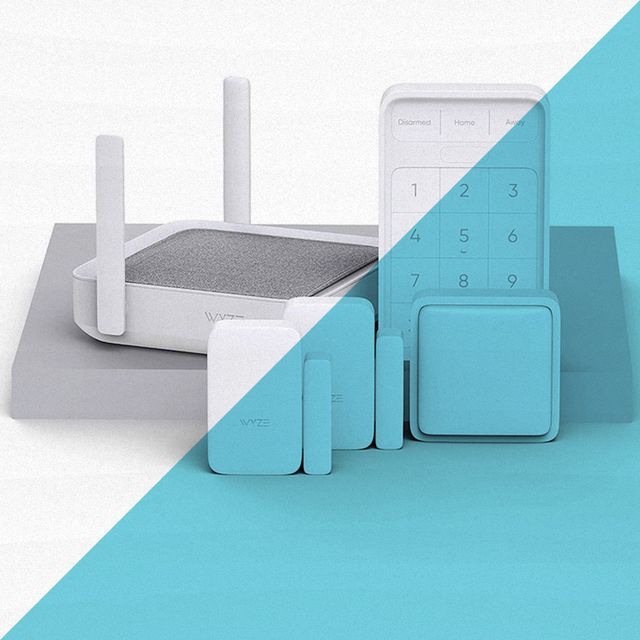
It is important that you look at the screen's resolution and sample rates when buying a new smartphone. The sampling rate indicates how often the screen receives touches. Higher sampling rates mean faster response times. Screen mobiles with higher sample rates are more responsive that those with lower samples rates. It is also important to look for Gorilla Glass protection.
Large-screen mobiles
If you are looking for a mobile phone with a large screen and a high-resolution screen, you are in the right place. Extra large screens are now available on newer models. These phones can be used to watch movies and browse the internet. The large screens and large sizes make it difficult to hold the phone with one hand. These phones' manufacturers have developed some useful apps for users to overcome this problem.
One way to preserve the life of large-screen mobiles is to use a screen protector. This will prevent scratches from the glass and keep it safe from being broken if dropped. Using power-saving techniques is also important for preserving battery life on these mobiles. To save battery life, set the brightness at its lowest level and don't leave it on for extended periods. Keep the battery at a minimum of 0%. It is also a good idea to disable background apps when you aren't using them.

Their resolution
According to the resolution of the screen, smartphones can be classified. High-resolution displays have a higher density of pixels than lower-resolution screens. Sharper displays are characterized by a higher pixel density. In other words, a higher pixel density means a sharper picture on a smaller screen.
Researchers tested the image quality of mobiles with different screen resolutions to see how it differs. To assess the effect of resolution on picture clarity, they used a broadcast quality monitor. They used the MOS (maximum over all score) metric to compare images from different screens.
Their sample rate
The screen of a smartphone is an essential component. The screen's type, size, and contrast can all have an impact on the user's experience. In recent years, the smartphone industry has been moving towards screen refresh rates above 60 Hz. Numerous manufacturers now offer screens with refresh rates up to 90 Hz or 120 Hz. This means a more fluid experience for most applications. In the same way, smartphone manufacturers now understand the importance sampling rates.
Screen mobiles' sample rate is the amount of touch the screen registers in one second. The higher this number is, the better the experience for the user. Some phones have a sample rate of 180 or 240 Hz.

The Gorilla Glass Protection
Some mobile phone makers already use Gorilla Glass on their screens, but if you're buying a new phone and are worried about scratching the glass, you might want to consider a screen protector made of Gorilla Glass. These products can protect your phone from scratches and extend its life.
Corning produces Gorilla Glass. Gorilla Glass is a tough, scratch resistant material made from glass. Corning has made several improvements in its protective glass to make this material more durable. Corning's latest glass is stronger than the last generation and should be available on smartphones by 2021.
They have a long battery life
A battery has a life span, which is the maximum time they can remain functional before they die. This lifespan is affected largely by time and temperature. These factors can be complex but empirical evidence suggests that there are simple mathematical relationships. The Arrhenius Law for example states that the rate at which chemical reactions occur doubles with every 10 degree Celsius increase in temperature. This law also applies when active chemical substances in batteries are slowly degraded. The t1/2 relationship also shows that batteries' internal resistance increases with time.
FAQ
Which wireless security system is the best?
D-Link Wireless Security System is my favorite wireless security system. It is one the most affordable available. You get everything you need in one package. It includes a camera with motion sensor and a remote controller. All you need to do is plug it in and follow the simple instructions.
Which is the best home surveillance camera system?
If you want to protect your family from intruders, then you should consider buying a home security system with cameras. These systems are very easy to use, and provide many benefits for homeowners and renters. They also allow you to monitor your property remotely through your smartphone, tablet, computer, or other mobile device.
What are the differences between home security systems?
Consider the threats in your neighborhood. You might consider installing an alarm system that sounds when someone enters your house. In rural areas where there are fewer burglaries, you might not need as much security.
You also need to consider whether or not you're willing pay more for these extra features. Some systems have cameras built in while others do not. Some systems let you remotely monitor your house, while others require you being physically present to view the footage.
Statistics
- Most home security companies will charge you around 75% of the remaining term of your contract if you cancel early—and some require 100%.Related questionsWhat type of contract length can I expect from security providers?Home security system cancellation (safewise.com)
- Depending on your insurance, 24/7 professional monitoring may qualify you for as much as 15% off your premium. (safewise.com)
- That's probably why Cove has a whopping 98%* customer retention rate. (safewise.com)
- Cove sets you free without punishing penalties and fees, unlike other security solutions that charge 75% to 100% of your remaining contract. (safewise.com)
External Links
How To
How to Install a Home Security System
A home security system monitors your property and alerts if there is any activity. It could be a motion sensor, doorbell camera, smoke detector, fire alarm, flood alert, carbon monoxide detector, burglar alarm, etc. A home security system typically includes one or more sensors, such as motion detectors. These sensors send signals when they sense movement or sound. The signals are then sent over to a control box where they are monitored and recorded. The control panel will send an alert to your smartphone, tablet, computer or voice assistant if there is a problem, such as someone breaking into your home. You'll know what's going on and can take action immediately.
You must first choose the right kind of sensors for you home in order to install a home alarm system. There are two main types: passive and active sensors. Passive sensors don’t need batteries. Instead, they simply pick up sounds or vibrations from the environment. These include buzzers, sirens and doorbells. Active sensors transmit data by using electricity. Examples of such sensors include cameras and motion sensor.
There are many different brands of sensors available today. Each brand has its pros and cons. For instance, some sensors can be weatherproof while others don't. Some come with built-in speakers so you can hear them even if they're outside. Some only work indoors. Some are simple, while others offer advanced features such as night vision.
After selecting the right sensors for your property and deciding on a manufacturer, you will want to make a selection. This will help you ensure your sensors work well together. You will find many options in your local hardware store.
After choosing a brand of sensors to use, you can decide how many to purchase. Depending on whether they live with family members or alone, most people purchase one or two sensors. If you have plans to purchase additional sensors in the future, it might be worth buying more than you currently need.
Next, determine where you want your sensors to be placed. Are they near windows or doors? Do you prefer to keep them away? Before placing them on your property, get permission. Make sure that they won't cause interference with any other electrical outlets.
After you've determined the location of your sensors, you will need a way that they can be connected to your control panels. A power adapter or battery package may be required depending on your setup. Once you have everything in place, your property can be monitored!